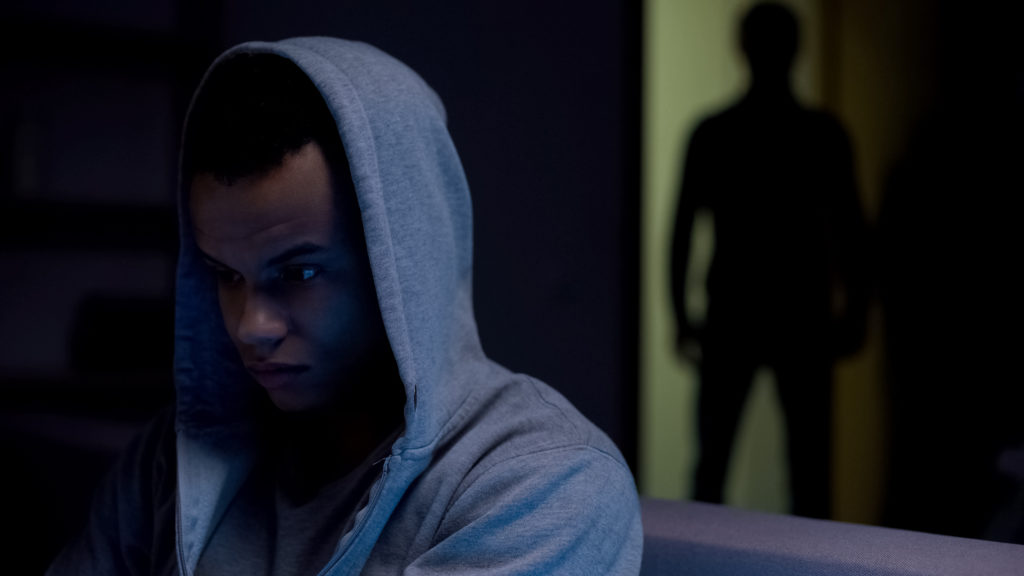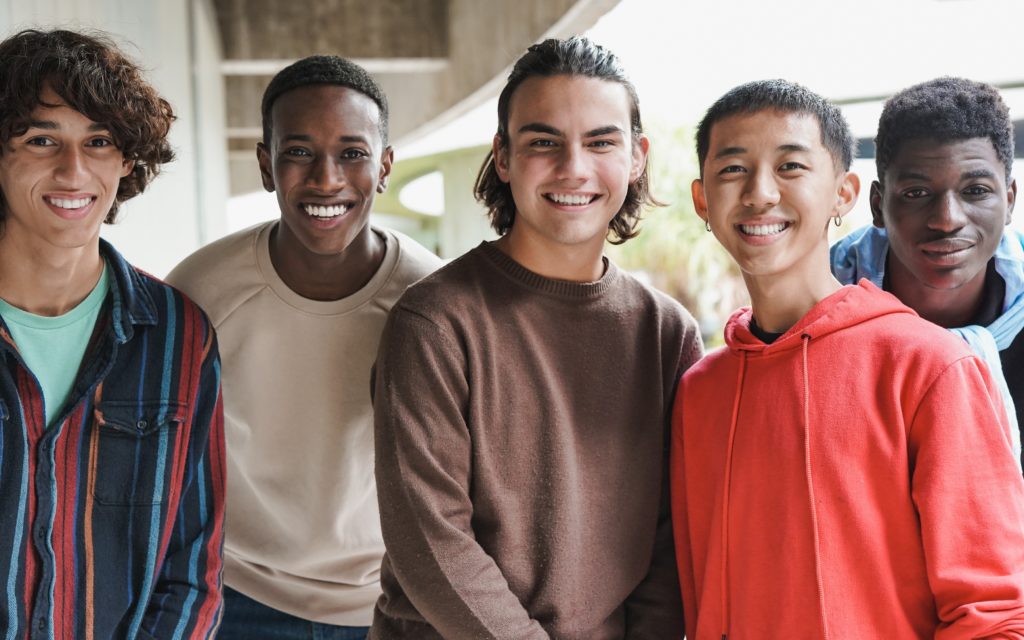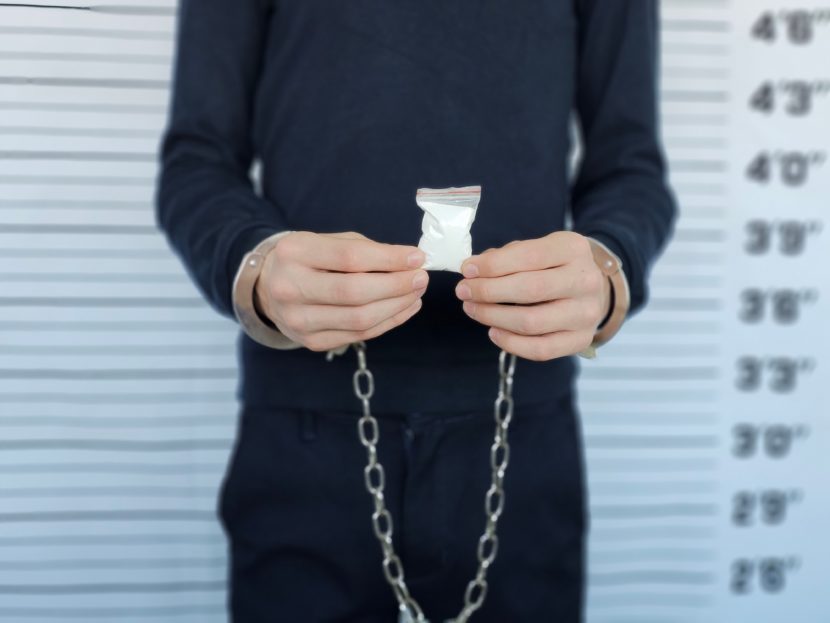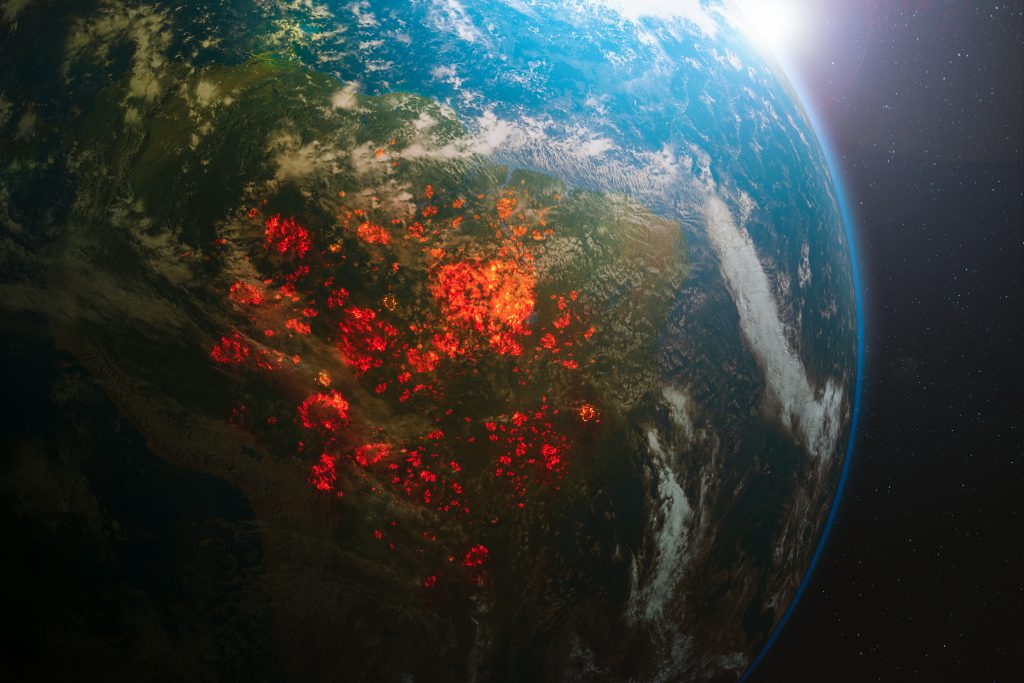Across Belgian cities, and especially around the Port of Antwerp, children as young as thirteen can be found carrying drugs, standing guard for gangs, or risking their lives in ports at night. Most of them should be in school, yet their days and nights are consumed by criminal work. Many are beaten for mistakes by older gang members or traffickers, drugged to keep them compliant, or left with untreated injuries. The cost is not only the loss of education and safety but the deep trauma that marks their childhood.
The scale and nature of child criminal exploitation in Belgium
Since 2019, Belgium has been registering around 100 underage victims of teenage pimping every year. By July 2024, 73 minors had already been officially identified as victims of sexual exploitation and criminal coercion. These children were forced to take part in drug running, theft, or prostitution under the control of traffickers (UN, n.d.).
Belgium’s position in Europe’s drug trade places children at heightened risk of criminal exploitation. The Port of Antwerp is currently the largest entry point for cocaine on the continent, with seizures exceeding 110 tons in 2022 (Verodova et al., 2023).
Many of the minors recruited into these networks are unaccompanied children arriving from abroad without family protection. Many come from Morocco and Algeria, lured by promises of education or work, but once in Belgium, they are quickly absorbed into organized crime (Townsend, 2024).
According to Belgian police:
“Hundreds of North African minors [are] recruited by drug trafficking networks to sell narcotics.”
– Eric Garbar, Head of Human Trafficking and Smuggling at the Federal Judicial Police (Townsend, 2024)
The conditions these children face once recruited are severe. In Brussels, some have been found in semi-conscious states after being drugged, while others carry injuries from beatings used to punish unpaid debts (Townsend, 2024).
Some are also coerced into sexual violence or forced to attack rivals, leaving them physically scarred and deeply traumatized at an early age. Officials confirm that groups such as the “Mocro Maffia” deliberately target these boys as a cheap and easily replaceable labor force (Townsend, 2024).
How Belgium’s criminal networks target and recruit vulnerable children
Youth recruitment into organized crime does not occur at random but is shaped by the conditions in which children grow up. Young people from neighborhoods marked by poverty, unemployment, and limited educational opportunities are more exposed to recruitment. In this context, when schools or families cannot meet children’s needs, gangs present themselves as the alternative (Aerts, 2024).
Criminal groups use targeted strategies to draw minors into their activities. Recruiters may offer small amounts of money or favors to spark interest and create dependency. Others rely on direct intimidation, coercing children into carrying out tasks such as selling drugs. These tactics align with the vulnerabilities created by a child’s environment, gradually trapping them in networks that are difficult to leave (Aerts, 2024).
Criminal networks increasingly target minors for drug trafficking because they are considered low-risk and easily replaceable. Europol warns that young people are now involved in more than 70% of criminal markets and are often recruited through social media using promises of money, status, or belonging (Pope, 2024).
“The practice has expanded across multiple countries and recruitment methods have shifted, with minors increasingly tasked with violent activities including extortion and murder.”
– Europol, the European Union’s law enforcement agency that monitors organised crime across Europe
What drug involvement means for children’s daily lives
Children recruited into Belgium’s drug trade are given the most dangerous and exhausting jobs. Some work as “uithalers” (removal men), climbing fences around the port at night, carrying ropes, balaclavas, or even inflatable boats, to pull cocaine packages out of shipping containers (Waterfield, 2025)
Others act as lookouts, standing on street corners or near quaysides to warn older gang members if police are approaching. They may be told to carry sports bags filled with drugs through neighborhoods, or to store packages in their homes for short periods of time (Waterfield, 2025)
For the children, this means long nights without sleep, constant fear of being caught, and exposure to violence if they make mistakes or fail to deliver. Beyond the immediate dangers, the psychological toll is profound. Mental health problems caused by trafficking interfere with children’s ability to stay in school and feel safe (Altun et al., 2017).
Even more concerning, many also develop thoughts of harming themselves. The longer children are exposed to violence and isolation, the greater the harm to their emotional development. These effects do not end once exploitation stops but can continue to shape their lives for many years (Altun et al., 2017).

If children who have been trafficked do not receive appropriate support, the risks extend far beyond the immediate trauma. Many remain vulnerable to re-trafficking because of the lack of protective adults in their lives (Altun et al., 2017).
Without intervention, the combination of untreated trauma and unmet basic needs increases the likelihood of long-term mental illness and social isolation. In these cases, exploitation does not simply end when a child is rescued; it leaves patterns of fear, instability, and vulnerability that can trap young people in cycles of harm well into adulthood (Altun et al., 2017).
Why Belgium’s child protection measures fall short for trafficked children
Belgium’s child protection framework includes a guardianship system for unaccompanied minors, created by the Guardianship Act of 2002. Every child arriving alone in Belgium, regardless of asylum status, should be assigned a guardian to represent them in legal matters and help secure a durable solution in their best interests (Van Caudenberg et al., 2015).
In practice, however, the protection system faces serious shortcomings. Belgium relies on two parallel guardianship systems:
- Professionalised model, where social workers take on many children.
- Voluntary model, where private individuals care for fewer minors but may lack professional training (Van Caudenberg et al., 2015).
This uneven structure means the quality of protection depends heavily on the individual guardian’s skills and availability, leading to inconsistent outcomes for children.
In addition, Belgium has strengthened its legal framework against trafficking, but weaknesses in the justice response continue to affect children directly. Courts frequently issued fully or partially suspended sentences to traffickers, even in cases involving minors. These lighter sentences allow exploiters to continue targeting children with little fear of lasting punishment (U.S. Department of State, 2024).
For child victims, inconsistent identification practices within the justice system remain a serious concern. Authorities have struggled to distinguish between child trafficking and other offenses, such as migrant smuggling or juvenile delinquency (U.S. Department of State, 2024).
As a result, some children exploited in forced criminality were treated as offenders rather than recognized as victims. This failure not only exposes children to penalization for acts committed under coercion but also denies them access to the protection and rehabilitation they urgently need (U.S. Department of State, 2024).
“Children who are forced into criminal activities should not have their status as victims called into question. Instead, responses to child trafficking must always prioritize the best interests of the child.”
– John Brandolino, Director of the UNODC Division for Treaty Affairs (UN Office on Drugs and Crime, 2024)
Protecting children from drug exploitation in Belgium
To break cycles of exploitation, it is crucial to create child-centered alternatives. These include access to education, trauma counseling, and pathways to employment. For children who have already been exploited, what matters most is the chance to rebuild their lives in safety, rather than being burdened with criminal records that deepen their vulnerability (Dimou, 2025).
Recovery also depends on ensuring continuity of care over time. Trafficked children are entitled to stable housing, medical support, and safe environments where their needs are consistently met. For those who cannot return safely to their families, authorities have a duty to provide placements, always under the guidance of a qualified guardian (Dottridge, 2006).
At the same time, prevention must extend into the digital spaces. Organized crime groups increasingly use social media and online platforms to recruit minors, exploiting their need for connection and belonging. By equipping both children and the adults around them with digital literacy, these programs cut off recruitment strategies before they take hold (De Corte et al., 2018).
Finally, education and training must be at the center of reintegration. Many children lose years of schooling during periods of exploitation, leaving them isolated from their peers and without basic skills. Catch-up classes and vocational programs not only help them recover lost learning but also open real prospects for employment (Dottridge, 2006).

Restoring confidence and skills allows children to build lives of their own, free from exploitation. Humanium works to make this possible, and your support, whether through sponsoring a child, donating, or volunteering, helps create safer environments where children can grow up with dignity and hope.
Written by Lidija Misic
Bibliography:
Aerts Stijn (2024), Preventing youth recruitment into organised crime. Retrieved from The European Crime Prevention Network (EUCPN) at https://eucpn.org/sites/default/files/document/files/2502_ENG_PAPER_Youth%20recruitment_LR.pdf, accessed on August 24, 2025.
Altun Sukran et al. (2017), Mental health and human trafficking: responding to survivors’ needs. Retrieved from National Library of Medicine at https://pmc.ncbi.nlm.nih.gov/articles/PMC5618827/, accessed on August 24, 2025.
De Corte Orchana et al. (2018), Youth Internet Safety: Risks and Prevention. Retrieved from European Crime Prevention Network (EUCPN) at https://eucpn.org/sites/default/files/document/files/thematic_paper_youth_internet_safety_0.pdf?, accessed on August 25, 2025.
Dimou Dounia (2025), UNICEF France calls for protecting underage victims of criminal exploitation rather than punishment. Retrieved from Le Monde at https://www.lemonde.fr/en/france/article/2025/07/30/unicef-france-calls-for-protecting-underage-victims-of-criminal-exploitation-rather-than-punishment_6743905_7.html, accessed on August 25, 2025.
Dottridge Mike (2006), Reference Guide on Protecting the Rights of Child Victims of Trafficking in Europe. Retrieved from UNICEF at https://www.unhcr.org/sites/default/files/legacy-pdf/4d9450889.pdf?, accessed on August 25, 2025.
Pope Henry (2024), Europol Warns of Organized Crime Groups Recruiting Minors. Retrieved from Organized Crime and Corruption Reporting Project (OCCRP) at https://www.occrp.org/en/news/europol-warns-of-organized-crime-groups-recruiting-minors, accessed on August 24, 2025.
Townsend Mark (2024), Beaten and tortured: the north African children paying a bloody price for Europe’s insatiable appetite for cocaine. Retrieved from The Guardian at https://www.theguardian.com/global-development/ng-interactive/2024/jun/11/north-african-children-beaten-tortured-europe-cocaine-gangs, accessed on August 24, 2025.
UN (n.d.), Child trafficking in Belgium claims around hundred victims per year. Retrieved from UN at https://unric.org/en/child-trafficking-in-belgium-a-challenge-to-tackle/, accessed on August 24, 2025.
UN Office on Drugs and Crime (2024), UNODC and the European Union call for renewed efforts to end child trafficking. Retrieved from UN Office on Drugs and Crime at https://www.unodc.org/unodc/news/2024/July/unodc-and-the-european-union-call-for-renewed-efforts-to-end-child-trafficking.html, accessed on August 24, 2025.
U.S. Department of State (2024), 2024 Trafficking in Persons Report: Belgium. Retrieved from U.S. Department of State at https://www.state.gov/reports/2024-trafficking-in-persons-report/belgium/, accessed on August 24, 2025.
Van Caudenberg Rut et al. (2015), Assessing the integration of vulnerable migrants in Belgium. Retrieved from Centre for Migration and Intercultural Studies (CeMIS) at https://repository.uantwerpen.be/docman/irua/09541b/bb752683.pdf, accessed on August 24, 2025.
Verodova Ave Sunrica Gabriel et al. (2023), The Mexico-Belgium Drug Trafficking on the Rise of Criminal: Belgium as the New Drug Capital of Europe. Retrieved from Mandala: Jurnal Ilmu Hubungan Internasional at https://ejournal.upnvj.ac.id/JM/article/view/8132, accessed on August 24, 2025.
Waterfield Bruno (2025), How teenagers are lured into cocaine trade with designer clothes and bikes. Retrieved from The Sunday Times at https://www.thetimes.com/world/europe/article/antwerp-teenagers-cocaine-drug-trade-55nnbnw8t, accessed on August 24, 2025.


